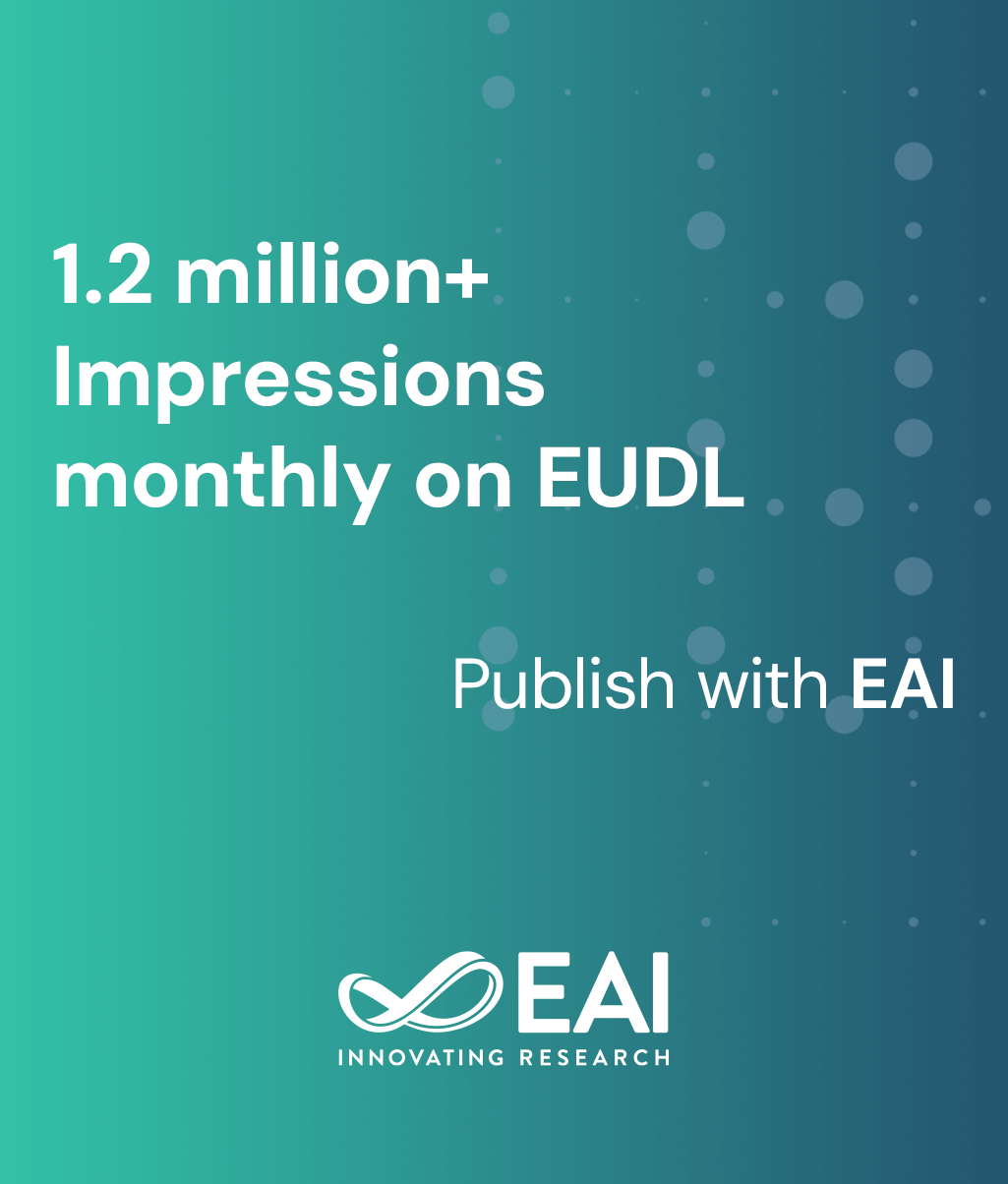
Research Article
Optimizing Urban Traffic Flow: From Traditional TSC to Multi-Agent Reinforcement Learning
@INPROCEEDINGS{10.4108/eai.21-11-2024.2354610, author={Zihua Ding and Yanbin Hou and Yunfan Zhang}, title={Optimizing Urban Traffic Flow: From Traditional TSC to Multi-Agent Reinforcement Learning}, proceedings={Proceedings of the 2nd International Conference on Machine Learning and Automation, CONF-MLA 2024, November 21, 2024, Adana, Turkey}, publisher={EAI}, proceedings_a={CONF-MLA}, year={2025}, month={3}, keywords={traffic signal control reinforcement learning deep q-network advantage actor-critic algorithm}, doi={10.4108/eai.21-11-2024.2354610} }- Zihua Ding
Yanbin Hou
Yunfan Zhang
Year: 2025
Optimizing Urban Traffic Flow: From Traditional TSC to Multi-Agent Reinforcement Learning
CONF-MLA
EAI
DOI: 10.4108/eai.21-11-2024.2354610
Abstract
Traffic congestion in emerging megacities is exacerbated by rapid population growth and urbanization. Traditional Traffic Signal Control (TSC) methods struggle with dynamic and unpredictable conditions, facing computational and storage challenges. This paper explores modern TSC methods using advanced technologies, focusing on reinforcement learning (RL) and its variants like Deep Reinforcement Learning (DRL) and Deep Deterministic Policy Gradient (DDPG). Given the impracticality of centralized RL for large-scale Adaptive Traffic Signal Control (ATSC), we investigate Multi-Agent Reinforcement Learning (MARL) algorithms, specifically the Multi-Agent Advantage Actor-Critic (MA2C) algorithm, to address scalability and partial observability. Using SUMO for simulation, we compare various TSC algorithms, noting that RL-based algorithms, particularly DDPG and A2C, outperform traditional methods in terms of travel time.


